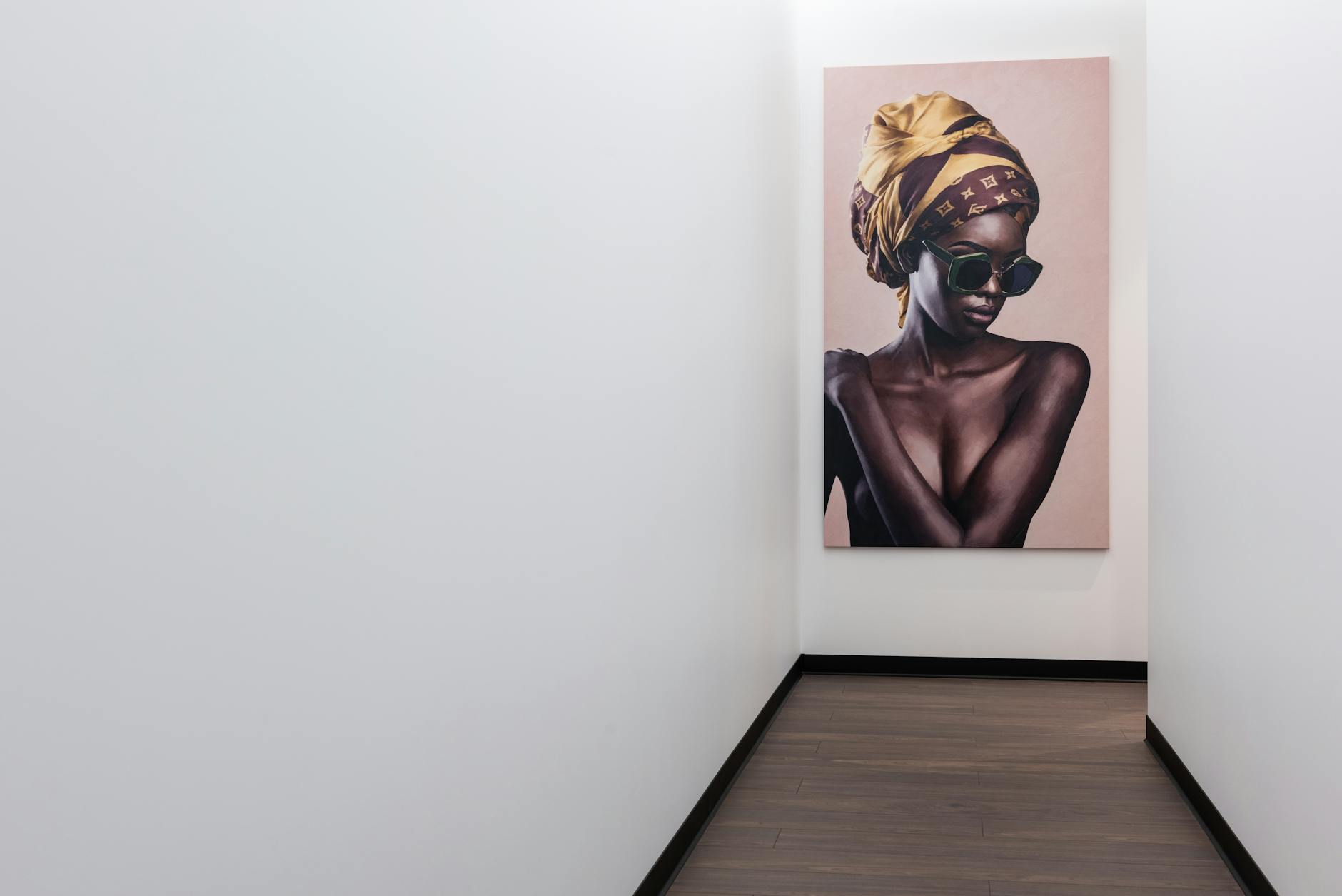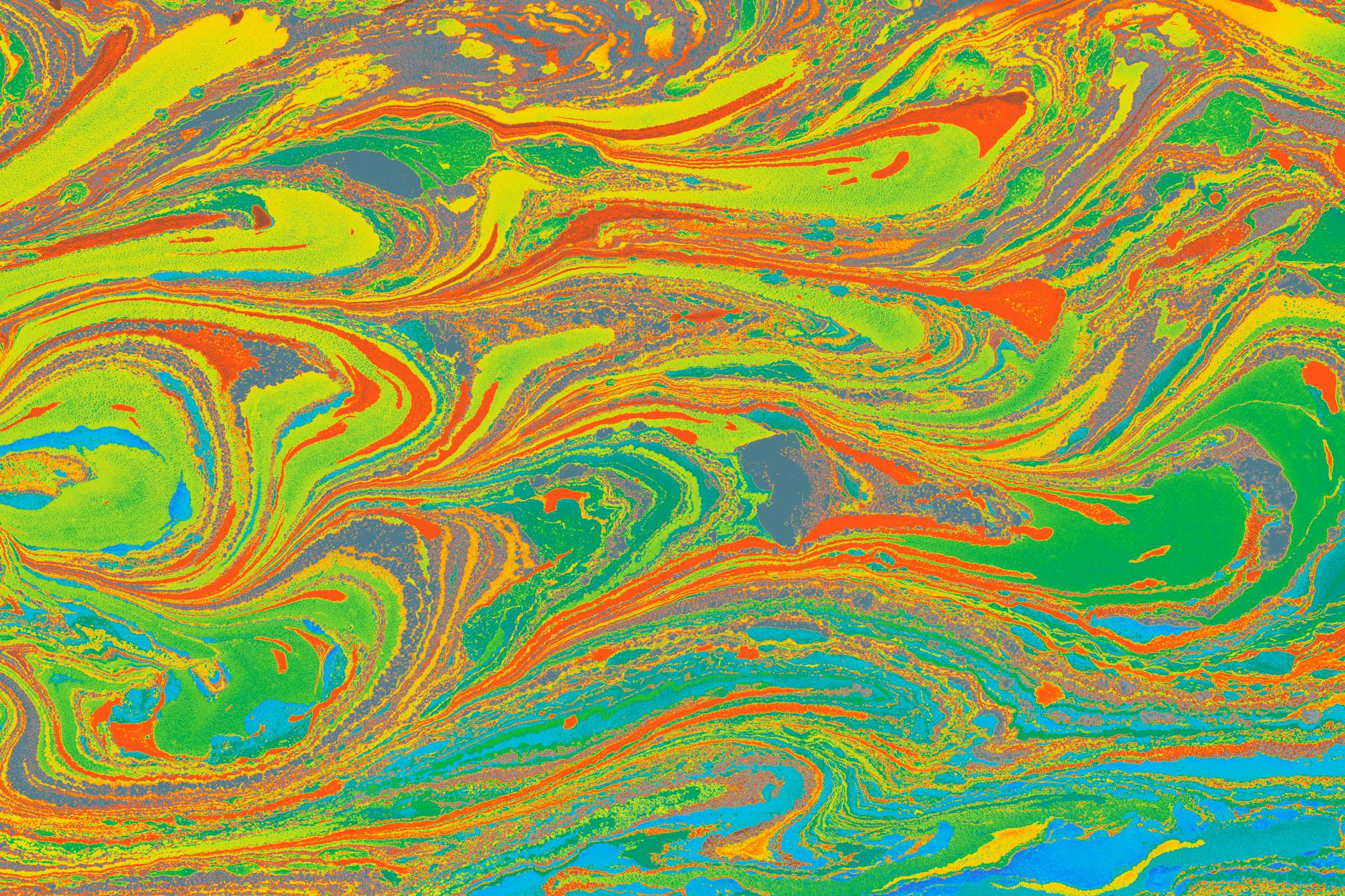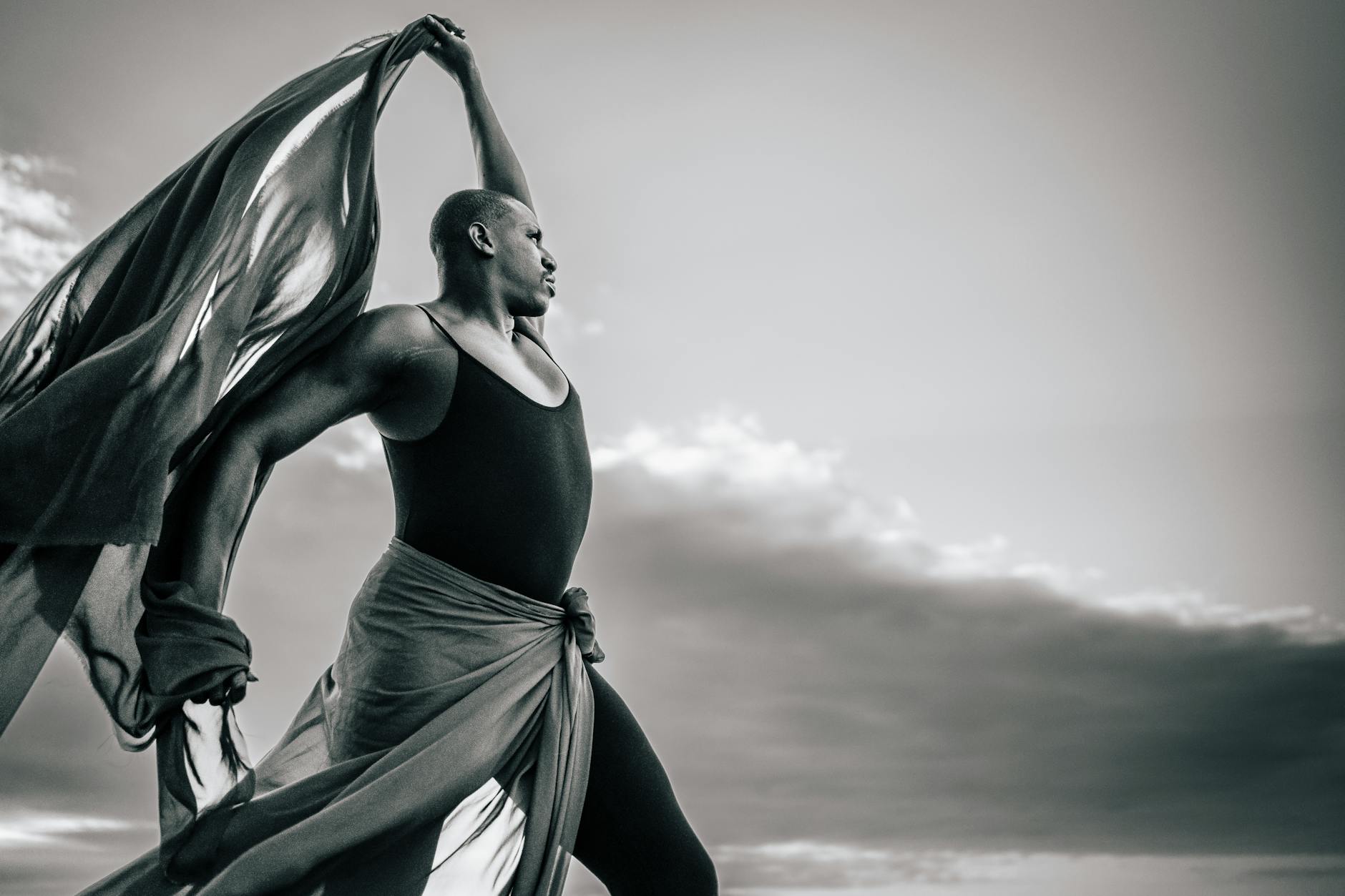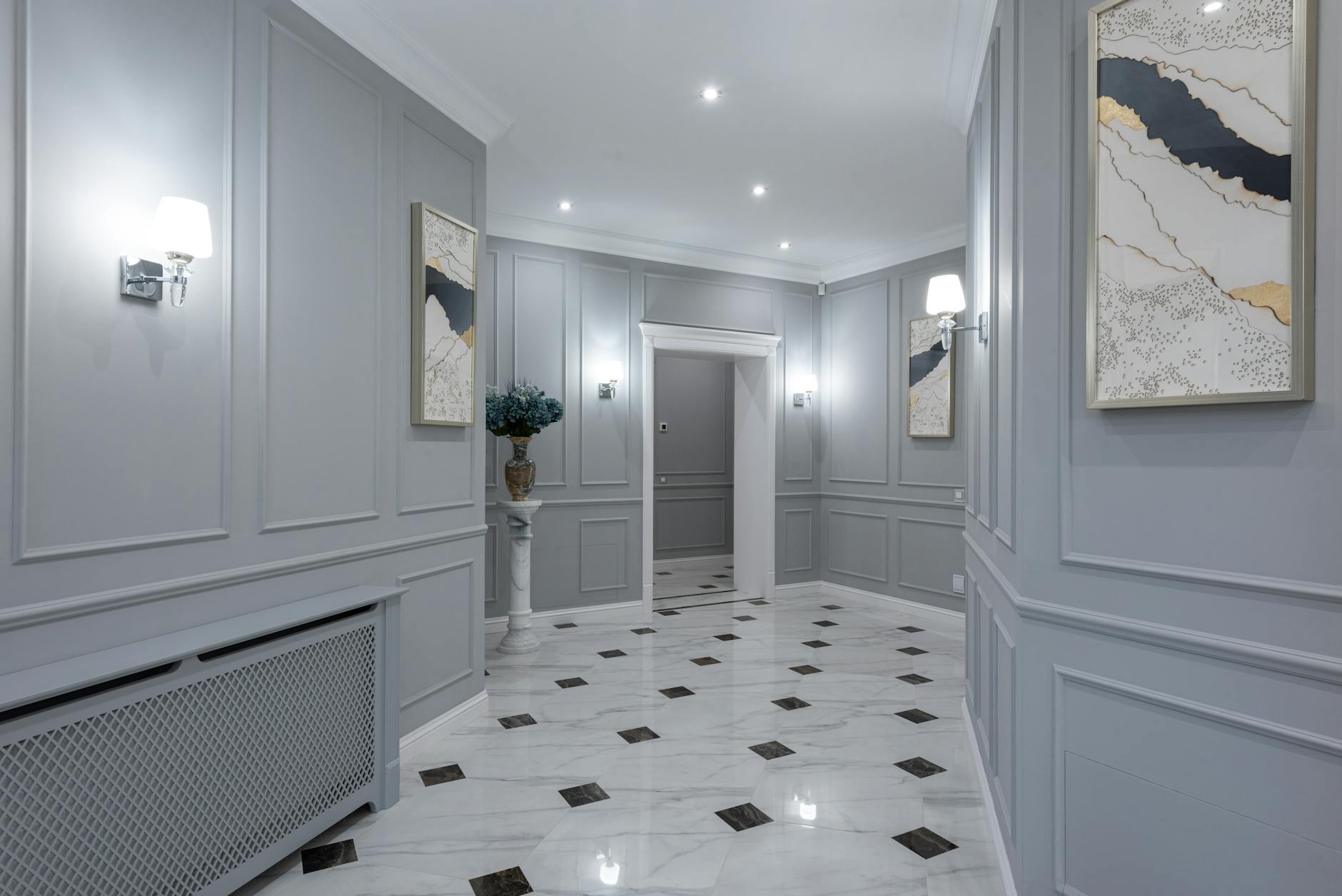Psychedelic art is a dynamic form of visual expression that draws inspiration from the psychoactive experience. It seeks to replicate or inspire the internal, subjective experiences one might have under the influence of psychedelic substances. Many artists have delved into this genre, creating psychedelic masterpieces that captivated audiences and pushed the boundaries of creativity and perception. A few, however, stand out for their extraordinary talent and substantial contributions to the psychedelic art realm.
American artist Alex Grey is one such figure. Known for his intricate, soulful depictions of humans, Grey’s work transcends the physical realm, exploring the mystical interconnectedness of all beings. His painting “Net of Being,” a mesmerizing geometric pattern of interlocking Godheads, is an iconic work in the psychedelic art world.
Alongside Grey, Amanda Sage offers another unique approach to psychedelic art. Sage, a student of the legendary psychedelic artist Ernst Fuchs, employs the “mischtechnik” method to produce vibrant, otherworldly images. Her works often contain surrealistic elements, such as floating orbs and luminescent figures, stirring deep emotions and reflections on the nature of existence.
Digital art also offers a distinctive medium for psychedelic interpretations. Take for example the works of Android Jones. By leveraging digital technology, Jones creates captivating, psychedelic images that are rich in color, depth, and detail. His piece, “Union,” displays a stunning interplay of light, color, and geometry, beautifully illustrating the convergence of technology and spirituality.
With a lineage dating back to the 60s, Austrian artist Ernst Fuchs is an important figure in the psychedelic art movement. Fuchs is credited with reviving the old masters’ technique, creating intricate and fantastical works that encapsulate visionary experiences.
Another master in this realm is Mati Klarwein. His works notably graced album covers for musicians like Santana and Miles Davis. Klarwein’s “Annunciation,” an euphoric interpretation of the biblical event, is a visually stunning piece that encapsulates his talent.
The late American artist Robert Venosa studied under both Fuchs and Klarwein, cultivating his distinct style within the psychedelic art genre. Venosa’s works often depict luminous, crystalline worlds, like his painting “Crystal Dawn,” evoking a sense of enlightenment and cosmic unity.
Meanwhile, Olivia Curry, known for her digital fractal art, presents a fascinating depth of layers and kaleidoscopic effects in her works. Her digital painting “Intrapersona” boasts a dazzling array of colors and fractals, inviting viewers into an ethereal, dream-like space of exploration and imagination.
Canadian artist Chris Dyer moves into the realm of skate and street art, merging popular culture with spiritual concepts. His mural “Spiritual Class War” is an immense riot of color and symbols, making a compelling commentary on societal contrasts.
Mark Henson‘s art stands out for its seamless blend of the psychedelic with socio-political elements. His painting “Love and Rockets” combines familiar elements of love, war, and nature in a distinctly vibrant, surrealist style.
Lastly, Carey Thompson‘s work harmonizes psychedelic art with the natural world. His digital illustrations often portray organic structures and cosmic scenes, promoting narratives about the symbiotic relationship between man and nature.
These artists, from Alex Grey to Carey Thompson, showcase the depth, diversity, and unprecedented creativity in the field of psychedelic art. By pushing the boundaries of visual perception and challenging viewers to expand their minds, they emphasize why psychedelic art is truly worth exploring. Their works continue to inspire and leave a lasting imprint on the landscape of contemporary art.








